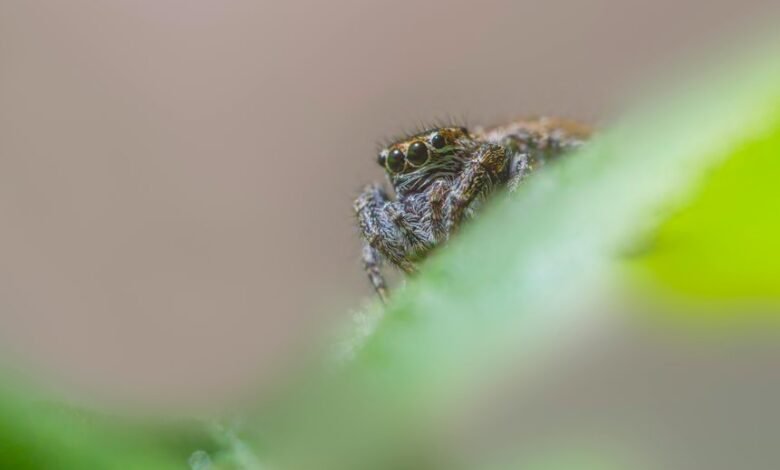30628364 Seasonal Variation in Calling Behavior

Seasonal variation in calling behavior is a critical aspect of animal communication, shaped by environmental factors like temperature, daylight, and food availability. Research indicates that optimal thermal conditions can enhance vocal activity, particularly during mating seasons. Furthermore, fluctuations in daylight hours significantly influence communication frequency. Understanding these dynamics reveals the complex interplay between ecological factors and species behavior, raising important questions about how these relationships manifest across different environments.
The Influence of Temperature on Calling Patterns
Although various environmental factors influence animal behavior, temperature is a critical determinant of calling patterns in many species.
Research indicates that temperature thresholds significantly affect vocal responses, prompting increased calling activity during optimal thermal conditions.
These responses facilitate communication for mating or territory establishment, highlighting the intricate relationship between ambient temperature and behavioral adaptations essential for species survival and reproduction.
Daylight Hours and Their Impact on Communication
As daylight hours fluctuate with the changing seasons, the impact on communication behaviors among various species becomes increasingly evident.
Research indicates that communication frequency often correlates with the availability of light, influenced by factors such as daylight savings.
Species adjust their vocalization patterns to optimize interactions, reflecting an adaptive response to the cyclical nature of day length and environmental stimuli.
Food Availability and Its Role in Vocalization
Food availability significantly influences vocalization patterns among species, particularly as seasonal changes affect the abundance of resources.
Dietary fluctuations compel animals to exhibit vocal resourcefulness, adapting calls to signal food-related information crucial for survival.
This dynamic interplay between nutrition and communication highlights the importance of understanding how vocalization serves not only as a social tool but also as a mechanism for navigating shifting ecological landscapes.
Adaptive Strategies for Seasonal Survival
When environmental conditions shift with the seasons, many species employ a range of adaptive strategies to ensure survival.
These strategies often include the modification of mating calls to attract partners while minimizing detection by predators.
Additionally, behavioral changes, such as altered foraging patterns and habitat selection, enhance predator avoidance, thereby increasing the likelihood of successful reproduction and survival throughout varying seasonal challenges.
Conclusion
In conclusion, understanding the seasonal variation in calling behavior reveals the intricate relationships between temperature, daylight, and food availability. Temperature shapes vocal patterns, daylight influences communication frequency, and food resources dictate adaptive vocalizations. These interconnected factors not only highlight the complexity of species interactions but also underscore the significance of environmental influences on animal behavior. By examining these dynamics, researchers can gain deeper insights into the ecological strategies that species employ for survival and reproduction throughout the seasons.




